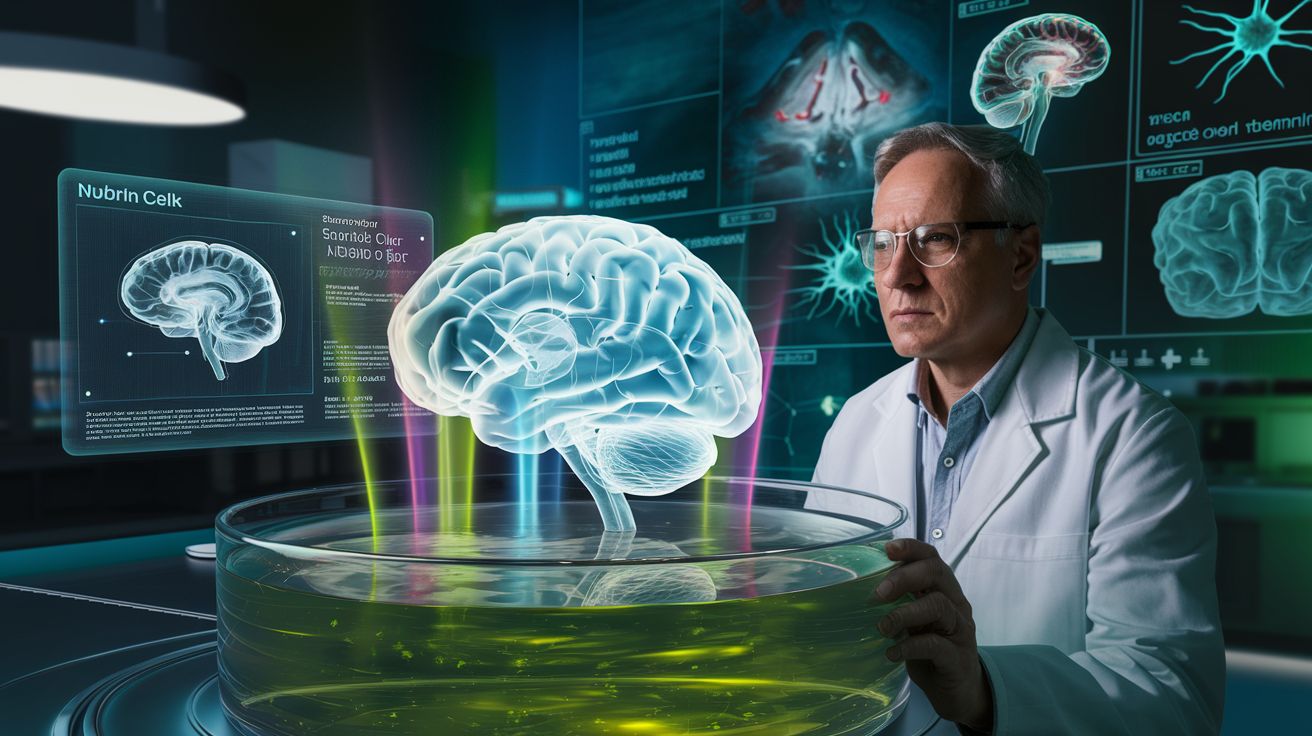Replacing the aging brain with young cloned tissue, the wild project of the US government
Published by Cédric,
Article by: Cédric DEPOND
Source: MIT Technology Review
Other Languages: FR, DE, ES, PT
Article by: Cédric DEPOND
Source: MIT Technology Review
Other Languages: FR, DE, ES, PT
Follow us on Google News (click on ☆)
Scientist Jean Hébert, recently recruited by the ARPA-H agency, proposes a bold method: replacing each aging part of the brain with young tissues, created in the lab.

Since the launch of ARPA-H by President Biden in 2022, this agency has been funding breakthrough projects in the healthcare field. Jean Hébert, a biologist at the Albert Einstein College of Medicine, leads a pioneering initiative: the progressive replacement of brain tissue. This approach could treat various neurodegenerative diseases, but its aims go far beyond that.
For Jean Hébert, the only way to escape aging is to replace every part of the body, including the brain. In his book Replacing Aging, he explains that we should view our bodies as machines that can be repaired by swapping out components.
Organ transplants have already become a reality, but replacing the brain remains a daunting challenge. With age, the brain shrinks and loses its abilities. Jean Hébert is studying how to rejuvenate it by adding pieces of young tissue, created in the lab. The process would be gradual, allowing the brain to adapt and preserving the person's identity.
Jean Hébert's experiments on mice show that young embryonic cells can survive and function in an adult brain. The grafted cells respond to stimuli, raising hopes for successful integration into an aging brain.
However, this approach is sparking debates within the scientific community. The cost of trials on primates, estimated at 110 million dollars, and the ethical implications are being questioned. The procedure, considered radical by some, could transform medicine, but for now, it remains far from any application in humans.
ARPA-H, nevertheless, has chosen to back this scientist, giving a significant boost to his research. If this technique works, it could pave the way for new strategies against neurological diseases, and perhaps even beyond.